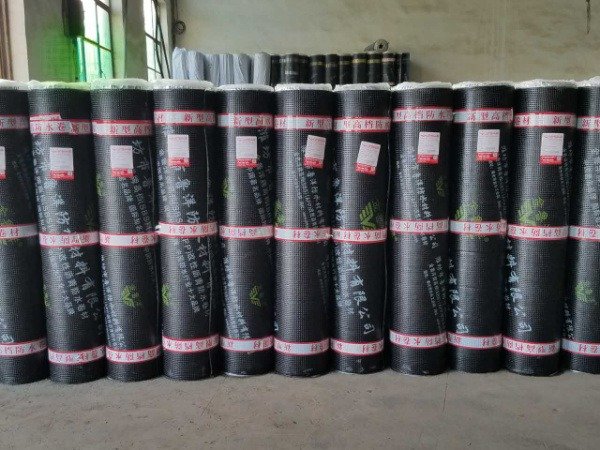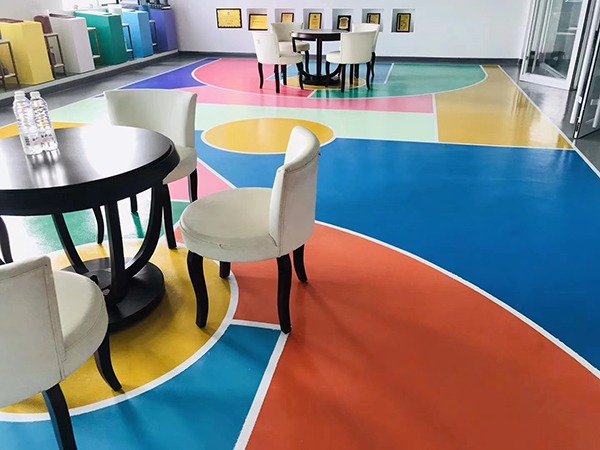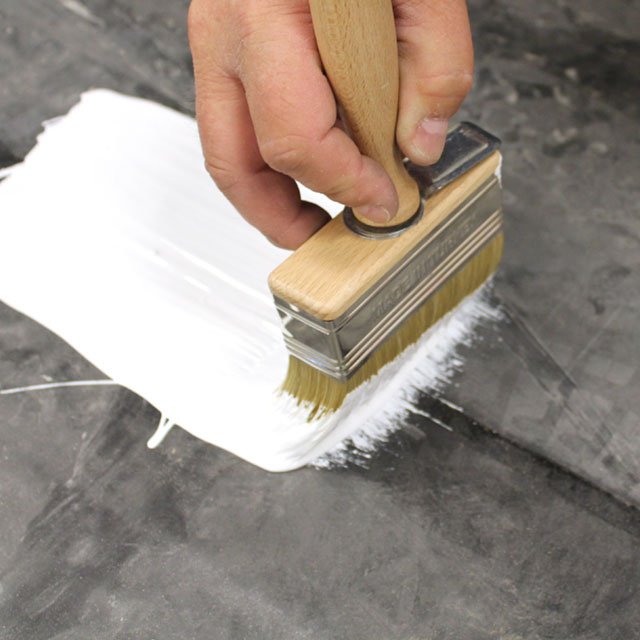SBS (APP) modified asphalt waterproofing membrane
Product Overview This product is made of elastomer (SBS) or thermoplastic (ASP, APAO, etc.) modified asphalt impregnated into the tire base. Both sides are coated with elastic or plastic modified asphalt coating layers, and the upper surface is sprinkled with fine sand and mineral particles. (sheet) or water roll material made of polyethylene film. The product
描述
product description
This product is made of elastomer (SBS) or thermoplastic (ASP, APAO, etc.) modified asphalt impregnated into the tire base. Both sides are coated with elastic or plastic modified asphalt coating layers, and the upper surface is sprinkled with fine sand, mineral particles (flakes) ) or water membrane made of polyethylene film.
This product has good waterproof performance and anti-aging performance, and has the characteristics of no flow at high temperatures and no brittleness at low temperatures, easy construction, and long service life.
It is widely used in waterproofing, moisture-proof, steam-proof, anti-seepage and various types of roof maintenance projects such as roofs, basements, bathrooms and bridges, parking lots, swimming pools, tunnel reservoirs and other buildings in industrial and civil buildings. SBS modified asphalt tile waterproofing membranes are especially suitable for waterproofing buildings in cold areas with frequent structural deformations, while ASPP modified asphalt waterproofing membranes are suitable for waterproofing buildings in areas with high temperatures and strong solar radiation.
Construction operation requirements
Long edge overlap: The longitudinal overlap width of the coil should be ≥80MM, and must be carefully operated. The adhesive must be applied evenly and no leakage is allowed. There should be excess adhesive squeezed out from the edges of the cold-bonded roll. The hot melt method should form a strip of asphalt on the edge. Short side overlap: both ends of spring wood must be bonded. The overlap width should be ≥100MM. When using polyhedral tire rolls for point gluing or empty paving, the two ends must be fully glued for more than 500MM. Above; Cold bonding method: Adhesive should be squeezed out from the seams. Hot melt method: There should be asphalt strips extruded at the joints; when two adjacent rolls of the same layer are laid, the transverse overlapping edges should be staggered by more than 1500MM, and the upper and lower rolls are prohibited from being laid vertically to each other;
When overlapping the short sides of rolls with shale sheets, the shale layer must be removed by heating with a flame and then scraping off the shale part with a trowel. Docking can also be used. The method is to place 300MM rolled material strips under the joints, butt the rolled materials horizontally, and treat the joints with sealing materials;
After the roll material is laid, the overlapping parts, ends and roll closing parts must be sealed. Sealing material, sealant or cold adhesive should be embedded and then smoothed to form an obvious asphalt strip.
Paving method:
Hot melt method: Use a flame spray gun or other heating tool to aim at the bottom surface of the membrane and the base layer to heat evenly. When the asphalt on the surface begins to melt and becomes black and shiny, lay the membrane while baking, and compact it with a pressure roller. At the same time, attention should be paid to adjusting the flame size and speed to keep the asphalt temperature between 200 and 250°C. After the construction is completed, the tower joint edges should be sealed with cold adhesive.
Cold bonding method: Use a rubber scraper to evenly apply the polymer-modified asphalt special adhesive on the surface of the base layer, and then use a rubber roller to push the roll while spreading the roll to remove air until it is compacted. When the environment is stable and below 15°C, the hot melt method should be used to treat the tower connection part and the coil closing part.
Tower connection processing: When the long side tower is connected, the single-layer waterproof tower connection width should be ≥ 100mm, and the double-layer waterproof tower should be ≥ 80mm. When the short-side tower is connected, the single layer should be ≥ 150mm, and the double layer should be ≥ 100mm. At the same time, the pasting should be even and there should be no leakage of melting or coating. Excess hot melt asphalt or cold adhesive should be squeezed out and formed into strips.
Inspection and acceptance: After the construction is completed, a thorough inspection must be carried out to ensure that the waterproof surface is free of bulges, wrinkles, falling off, and large shells, and is smooth and beautiful to ensure the waterproof life of the membrane.
Precautions:
1. The conditions in the basement are complex, and it is very important to do the closing treatment well, so the construction must be careful. The purpose of sealing the overlap (or seam) is to ensure the integrity of the waterproof layer. The lap joint of the roll material is the weak link of the waterproof layer, so Edge sealing must be done.
2. Operators are not allowed to wear nail shoes and should wear soft flat shoes for construction.
3. For winter construction, products whose low-temperature coils are 10°C lower than the air temperature should be selected, and the coils should be stored in a place above 0°C. Move them to the site before use and prevent them from being broken during transportation.
4. During hot-melt construction, the base treatment agent applied must be dried for 4 hours (it is advisable to stick to the feet) before rolling material paving can be carried out to avoid fire. The construction site should be equipped with appropriate fire-extinguishing equipment.
Packaging, transportation and storage
1. The product is packed in rolls with paper packaging or plastic tape.
2. During transportation, be strictly protected from the sun and rain, do not approach fire sources, prevent collisions, and keep the packaging intact.
3. The product should be stored in a sealed warehouse, in a ventilated and cool place, and should not be close to fire sources.
4. Under normal storage and transportation conditions, the storage period is 12 months from the date of production.





